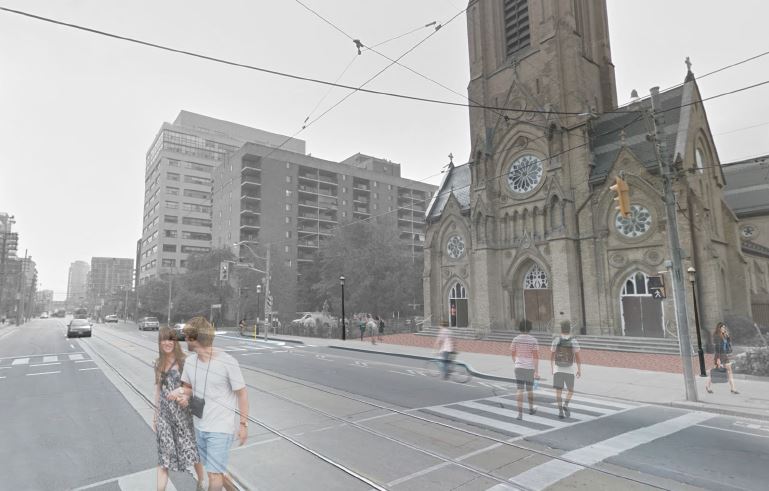ShonTron
Moderator
Member Bio
- Joined
- Apr 24, 2007
- Messages
- 12,403
- Reaction score
- 9,058
- Location
- Ward 13 - Toronto Centre
Only in Toronto would we spend money on bike infrastructure for a specific intersection while completely ignoring any semblance of network surrounding it.
Actually, there is a bit of a network here already; this intersection was the problem.
There's the Adelaide Street cycletrack, which starts at Bathurst. Adelaide isn't great further east (due to construction, courier and delivery trucks) but it's an important bicycle route. West of Bathurst, Richmond and Adelaide are quiet streets suited to cycling; Richmond got a contraflow lane to allow cyclists to continue west at Bathurst. (The Richmond/Bathurst intersection isn't great either, but that's another story). But getting to the Adelaide cycletrack is extremely difficult from southbound Bathurst or eastbound Richmond and Adelaide; this reconfiguration fixes it.
So you have it wrong, fixing this specific intersection is about improving access to the emerging network around it.





